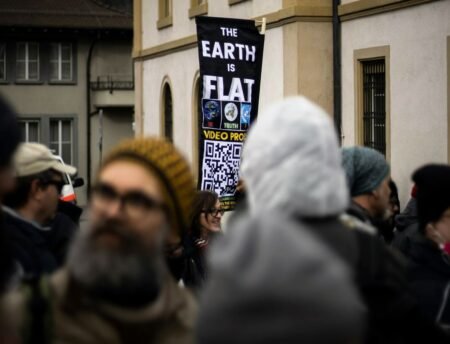Europe is leading the world in switching from analogue to digital television. The European Commission is driving a coordinated approach to the freeing up and future use of the radio spectrum because it wants to ensure that EU citizens can enjoy the benefits of digital television, including a growing range of interactive TV services (such as high definition TV or video on demand), available on multiple transmission platforms including terrestrial, cable, satellite, TV on internet and mobile TV networks. For that to happen, Member States are gradually closing down spectrum-hungry analogue transmissions and moving to digital broadcasting. Overall, the switch-off of analogue terrestrial TV transmission in Europe is well on track. Switch-off has already been completed in five Member States (Germany, Finland, Luxembourg, Sweden and the Netherlands) and by 2010 the process should be well advanced in the whole EU. The 2012 EU target for switch-off is expected to be met by almost all Member States.
Advertisement
Digital broadcasting provides improved picture quality, better sound, better mobile reception, more TV and radio channels as well as enhanced information services (such as on screen programme guides). As digital broadcasting uses the radio spectrum more efficiently, it will free up capacity for new uses, such as high definition TV, mobile communications or wireless broadband in rural areas. This should stimulate innovation and opportunities for growth in the telecoms and media industries, while contributing to European efforts to stimulate the economic recovery. The Commission is working on a common approach on how to use the spectrum released by the digital switch-over to achieve the greatest benefits for the single market and its 500 million citizens.
Digital terrestrial TV transmissions have already been introduced in 21 Member States (Austria, Belgium, Bulgaria, Czech Republic, Denmark, Germany, Estonia, Greece, Spain, France, Hungary, Italy, Lithuania, Luxemburg, Latvia, Malta, the Netherlands, Finland, Sweden, Slovenia, United Kingdom) and cover parts of the national territory. Five more Member States (Cyprus, Ireland, Poland, Portugal, and Slovakia) have announced that digital services will be provided by 2010 at the latest. Romania has not yet outlined its plans.
Analogue terrestrial TV switch-off has already taken place in Luxemburg, the Netherlands, Finland, Sweden, Germany, Belgium (Flanders) and in major areas in Austria. It will take place by end of 2010 or earlier in all of Austria, Estonia, Denmark, Spain, Malta and Slovenia. Analogue terrestrial TV will be switched off between the end of 2010 and the end of 2012 in Belgium (Wallonia and Brussels capital region), Bulgaria, Cyprus, Czech Republic, Greece, France, Hungary, Italy, Lithuania, Latvia, Portugal, Romania, Slovakia and the United Kingdom. In Poland the final switch-off date is 2015 at the latest.
(switch off completed) | (Flanders), |
(switch-off date end 2010 or earlier) | , , |
(switch-off date: end 2012 or earlier) | Brussels capital area) , , |
The US has moved switch-off back to 12 June 2009. Japan’s switch-off is planned for July 2011, South Korea for end 2012, Australia for 2013, India and Russia for 2015.
The technology used for digital terrestrial TV transmission in Europe is DVB-T. The European Commission encourages the use of standards from the DVB-family in the EU and worldwide.





